
Joint U.S.-Canada Agency Calls for Big Phosphorus Reductions in Lake Erie
3 Comments
/
Curbing harmful algal blooms and oxygen-deprived dead zones in…
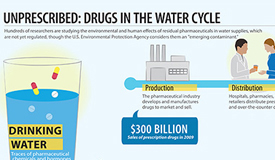
Infographic: West Virginia Chemical Spill Spreads to Ohio River
Spill shut down drinking water for 300,000 people.
Infographic…

Rio Tinto’s Michigan Nickel Mine Introduces Citizen Water Quality Testing Program
Despite skepticism, company agrees to finance environmental monitoring at Eagle Mine
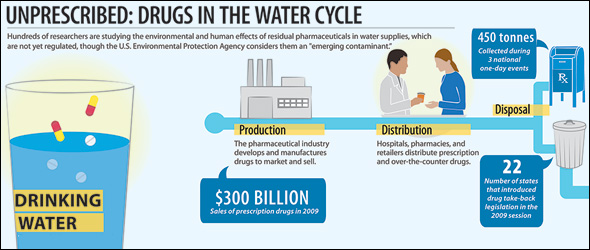
Who Will Pay for Disposal? Drug Companies Lose Against Local Governments in California and Washington
Though there still is no continuous national program to properly dispose of the 10 to 40 percent of prescription and over-the-counter medications that go unused, a few local governments in California and Washington are leading the charge to find sustainable funding sources.
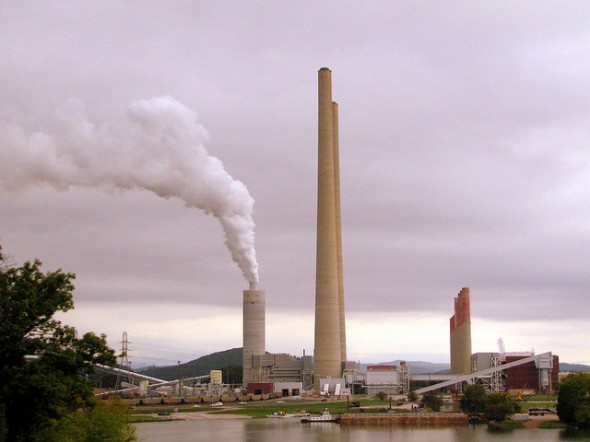
Report: U.S. EPA Has Chance to Vastly Reduce Water Pollution from Power Plants
EPA proposes tougher federal wastewater guidelines, while electricity…
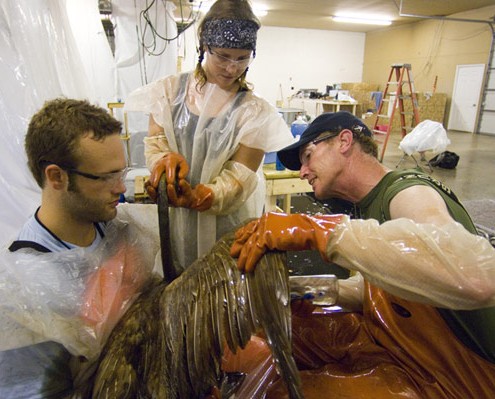
In Great Lakes, Reports Offer Reassurance and Warnings About Oil Pipeline Safety
Three studies reach differing conclusions about the vulnerability…
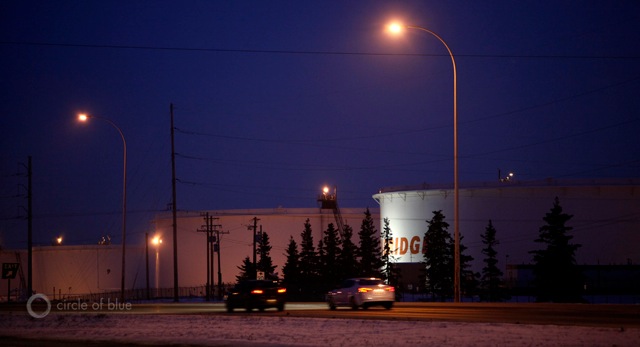
Oil Pipeline, Long Submerged in Michigan’s Deep Waters, Fuels Public Concern
A rally in St. Ignace on July 14 draws attention to the risks of ruptures and leaks when transporting fossil fuels through the Great Lakes.
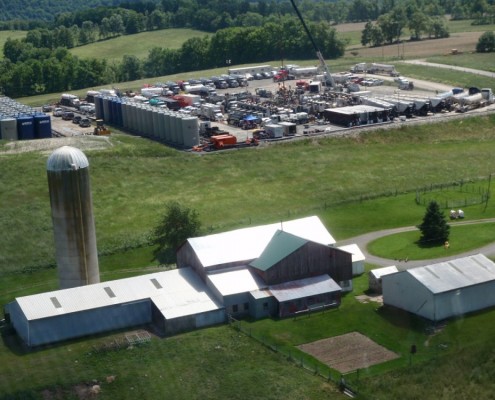
New Evidence Shows Fracking Contaminates Groundwater in Pennsylvania
A Duke University study finds methane in drinking water wells,…
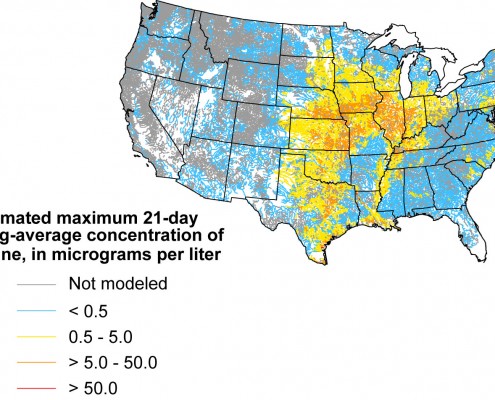
Water Law: $105 Million Settlement in Water Pollution Lawsuit Between Swiss Company and U.S. Communities
Nearly 2,000 communities in the United States will be eligible…
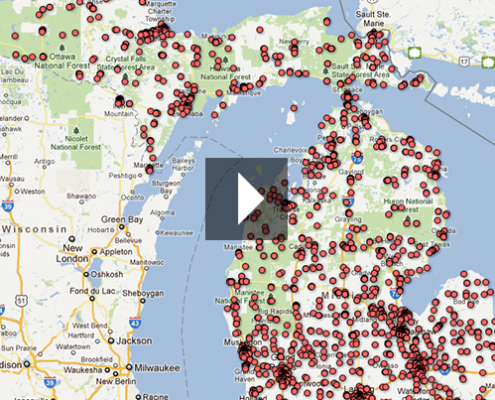
Once A Cleanup Leader, Michigan Struggles With Leaking Fuel
The state's water is at risk from 9,100 leaking underground storage…

Agriculture and Sewage Dead Zone: Taking on Nutrient Pollution in the Mississippi River Watershed
As the impact of agriculture on water quality intensifies around the globe, two lawsuits in the United States aim to reduce the size of the Gulf of Mexico's ‘dead zone’ by setting limits on nutrient pollution in the Mississippi River Basin.

Infographic: Unprescribed — Drugs in the Water Cycle
In 2009, 3.9 billion prescriptions were dispensed in the United States, and an estimated 10 to 40 percent of medicines are not used. With 78 million baby boomers reaching the age when prescription drug use will increase, how will this affect environmental and drinking water?


